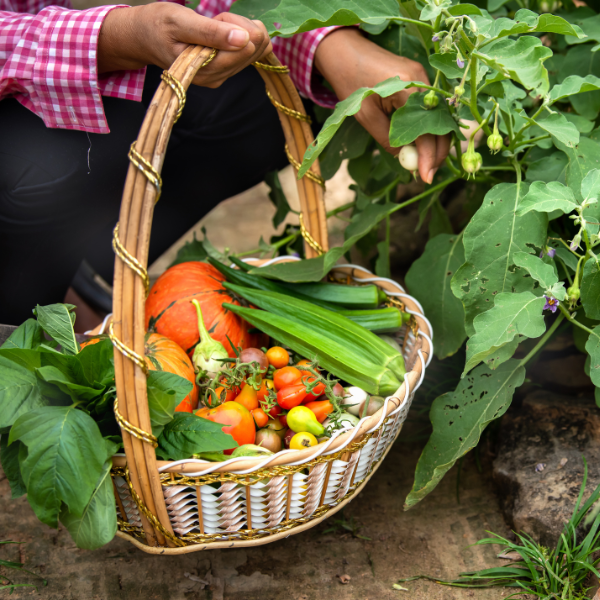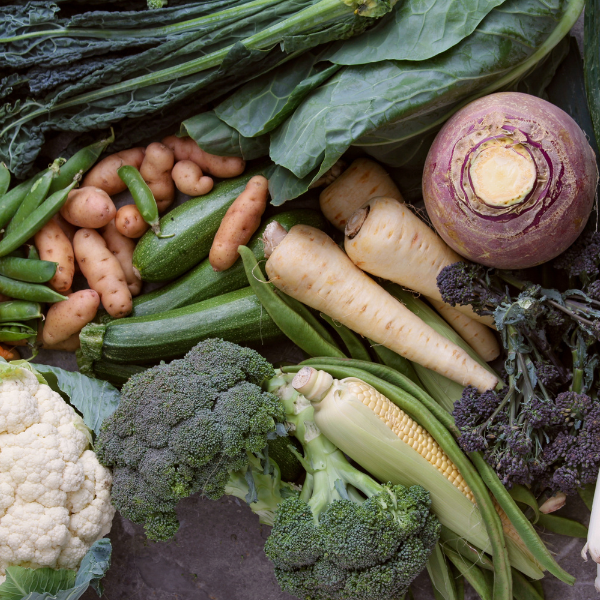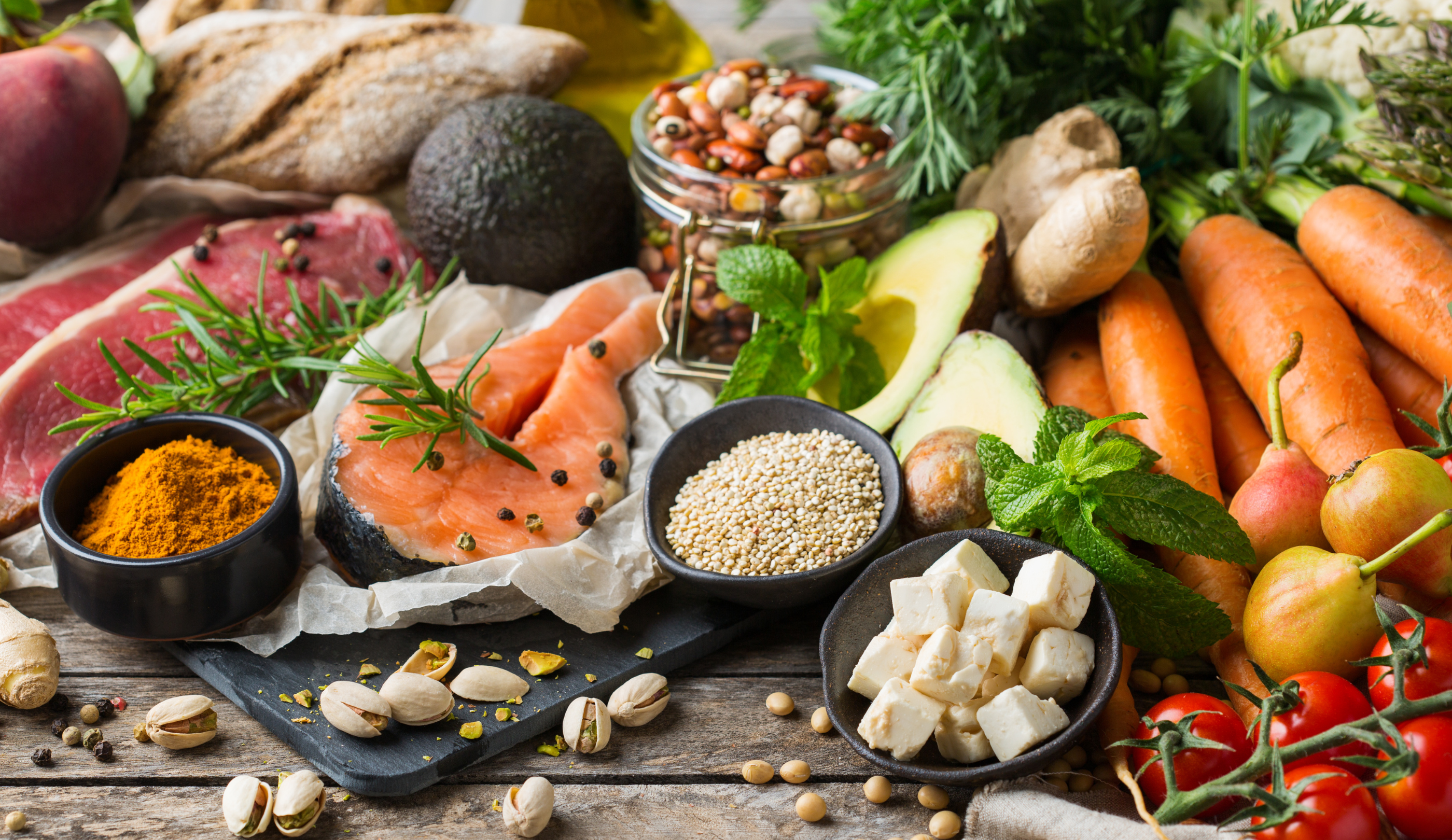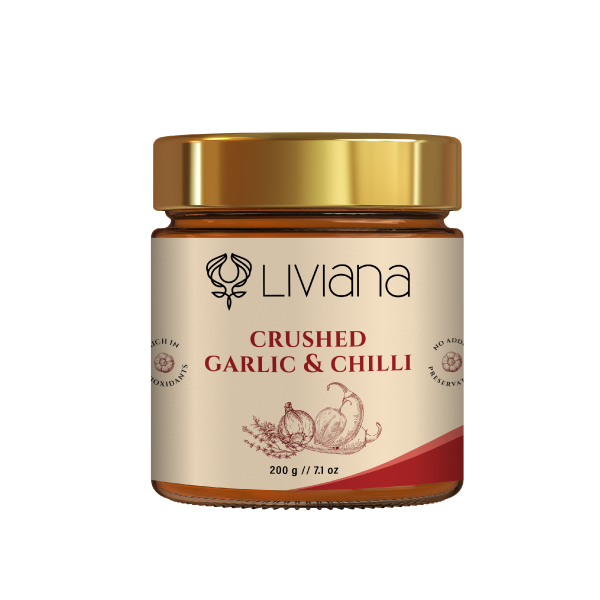The key to producing tasty dishes lies in embracing seasonal ingredients and utilizing appropriate cooking methods to highlight their natural flavours. By doing so, we not only elevate the quality of our meals but also support local agriculture and promote sustainable eating practices.
In the age of convenience, it’s easy to fall into the habit of relying on condiments, sauces, packet soups, and processed foods to enhance the flavour of our meals. We have all seen our mothers or grandparents make Bolognese or gravy by adding 20 different ingredients to a bowl and calling it “the secret sauce” or “made with love”.

However, the true essence of delicious and nutritious dishes lies in the quality and freshness of the ingredients we use. By embracing seasonal produce and employing appropriate cooking methods, we can elevate our culinary creations to new heights without relying on excessive additives.
One of the most essential aspects of creating tasty dishes is the use of fresh, seasonal ingredients. Seasonal produce offers the following:
- Superior flavour and nutritional value
- Supports local farmers
- Reduces the environmental impact of food transportation
- Takes advantage of their peak flavour and quality
- Enhances the overall taste of our dishes

Working with seasonal produce encourages creativity in the kitchen.
It challenges us to explore new flavours and textures, as well as to adapt our cooking techniques to make the most of each ingredient’s natural attributes.
For example, ripe summer tomatoes burst with sweetness and juiciness, making them perfect for fresh salads or simple pasta sauces, while hearty winter root vegetables lend themselves beautifully to roasting, braising, or pureeing for comforting soups and stews.
Working with seasonal produce encourages creativity in the kitchen. It challenges us to explore new flavours and textures, as well as to adapt our cooking techniques to make the most of each ingredient’s natural attributes. For example, ripe summer tomatoes burst with sweetness and juiciness, making them perfect for fresh salads or simple pasta sauces, while hearty winter root vegetables lend themselves beautifully to roasting, braising, or pureeing for comforting soups and stews.
The appropriate cooking methods play a crucial role in complementing the flavours of fresh produce. Whether it’s grilling, roasting, steaming, or sautéing, each technique has the power to bring out the best in seasonal ingredients. By allowing the natural flavours to shine through, we can create dishes that are not only delicious but also wholesome and satisfying.
Minimizing the use of condiments, sauces, and processed foods, allows us to appreciate the true taste of each ingredient and savour the unique qualities that make seasonal produce so special. This approach also promotes a healthier lifestyle, as it reduces the intake of artificial additives, excessive salt, and sugar often found in processed products. By cooking with fewer additives you also simplify the dish and decrease the overall energy intake without compromising the nutrient profile.
How to cook with little:
- Prioritise fresh ingredients
- Lean on fresh herbs for flavour
- Avoid “flavoured” spices or flavour packets
- Rely on low and slow cooking of produce to create sauces
- Remember to reduce sauces, stews, soups to enhance flavour and thickness
- Stay away from adding thickening agents like flour or cornstarch to dishes
In conclusion, the key to producing tasty dishes lies in embracing seasonal ingredients and utilizing appropriate cooking methods to highlight their natural flavours. By doing so, we not only elevate the quality of our meals but also support local agriculture and promote sustainable eating practices. Let’s celebrate the diversity and abundance of seasonal produce and allow it to take centre stage in our culinary experiments.


Wilna Eksteen
Registered Dietitian




